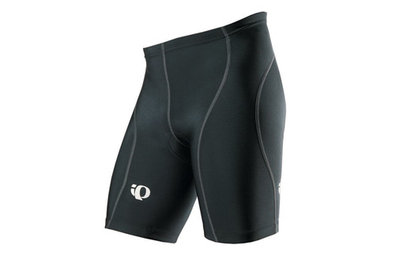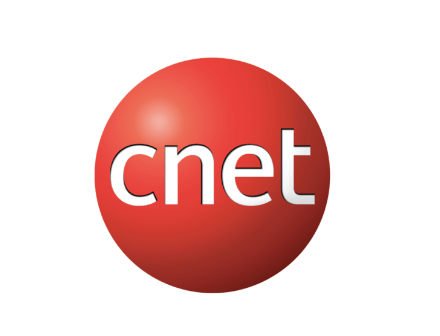Pearl iZUMI In-R-Cool Tri Shorts Review
In Tokyo over 50 years ago, a proud father produced Japan’s first bicycle racing apparel for his son, a promising racer. Today, Pearl Izumi USA, Inc. has involved into a multi-national company with a cult-like following. The name Pearl Izumi USA, Inc. is derived the gem “pearl” and an area … Read More








